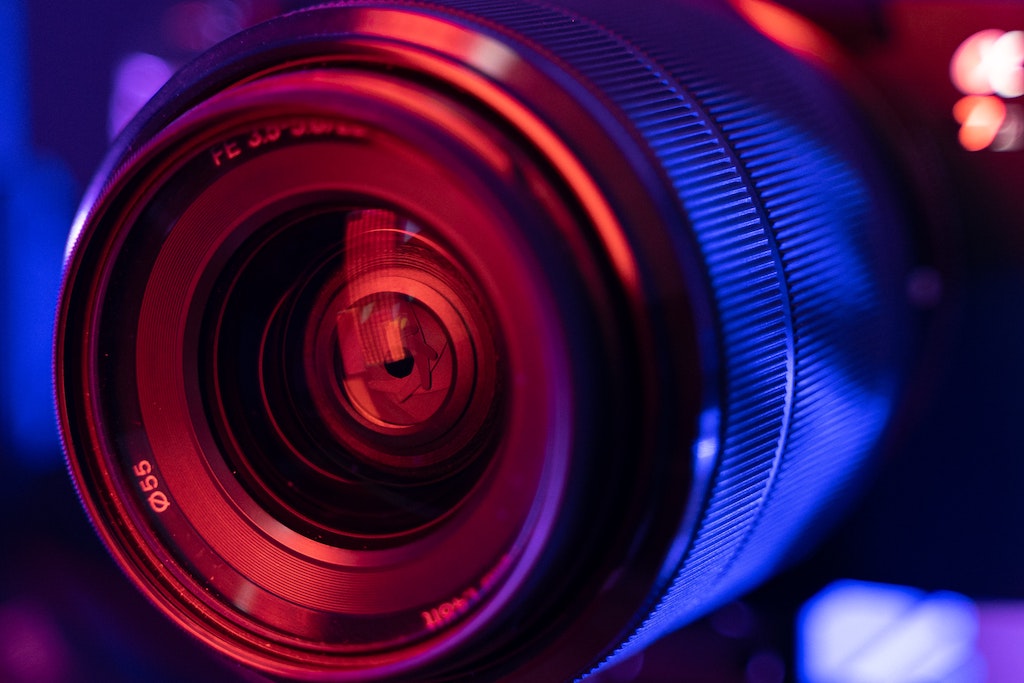
25 Nov Cinematic Composition: Size Matters
Following on from my previous post, The Importance of Depth, the second element of cinematic composition is Size.
Size is an incredibly simple, impactful way to drive a story through composition. In composition, sizing works in conjunction with depth. By placing items in different grounds of the scene you will change their size in the shot. Size is effective not only in drawing attention but also creating relationships and power dynamics in a scene. Changing the size of objects either through camera movements or blocking is an easy way to create drama or shift tone by making a scene more dynamic.
Hitchcock’s Rule
Alfred Hitchcock is considered to be one of the greatest cinematic storytellers of all time, films like ‘Psycho’ were innovations of the medium of cinema and remain icons of the cultural zeitgeist to this day. Hitchcock utilised many simple filmmaking techniques that have essentially become rules of filmmaking. One of these, simply known as Hitchcock’s rule states:
“The size of any object in your frame should be proportional to its importance to the story at that moment”
The bigger something is within the frame, the more focus it will draw and the more importance the audience will attribute to it. There are many ways in which size can be used within a frame composition, either in a static way or a dynamic manner to create shifts in power or focus.
Close-ups
Close-ups are a shot type where the camera comes in close and the subject takes up almost the entire frame. When used on a person it typically captures in the frame their head from the neck up. An extreme close-up comes even closer where a particular item or detail fills the entire frame.
The opening scene of American Psycho is a great example of this. This sequence is almost entirely comprised of close-ups of the various products that Patrick Bateman (Christian Bale) uses as part of his beauty regime as well as close-ups of his face. This creates a sense of vanity around the character and suggests to the audience that he is a shallow and self-obsessed person.
The infamous business card scene also achieves this premise beautifully with extreme close-ups of both the cards and Bateman’s reactions, emphasising his obsession with image and vanity.
Camera movements
Hitchcock would often undertake the idea of camera consciousness to tell stories in a visual manner. This refers to the idea that the camera is not really a camera but an entity connecting the audience to the film, acting as their eyes.
Essentially this creates a more dynamic mode of shooting as opposed to static close-ups. It allows mental connections to be made between subjects in the frame and connects ideas together to draw focus and importance.
The camera can be moved to directly change the size of specific elements which creates dynamic shifts in the frame and alters how the audience perceives the story.
Blocking
As we discussed in a previous post, Blocking is the arranging and movement of actors within the frame. Placing actors in different grounds of the frame and shifting them between those grounds is an easy way of suggesting power dynamics through composition. Utilising the depth of a shot, subjects can be moved between the grounds to draw focus and suggest importance.
In the infamous shower scene from Psycho, Norman Bates enters the room in the background of the shot as an ominous and shadowy figure. Slowly moving to the foreground before attacking and taking over the scene in a transition of power and focus.
When shooting and blocking, be sure to consider the cinematic composition and the size of objects within the frame. Ask yourself, what is the most important thing in the story right now? Whether it’s an object or a character’s emotional response, just remember, size matters!


